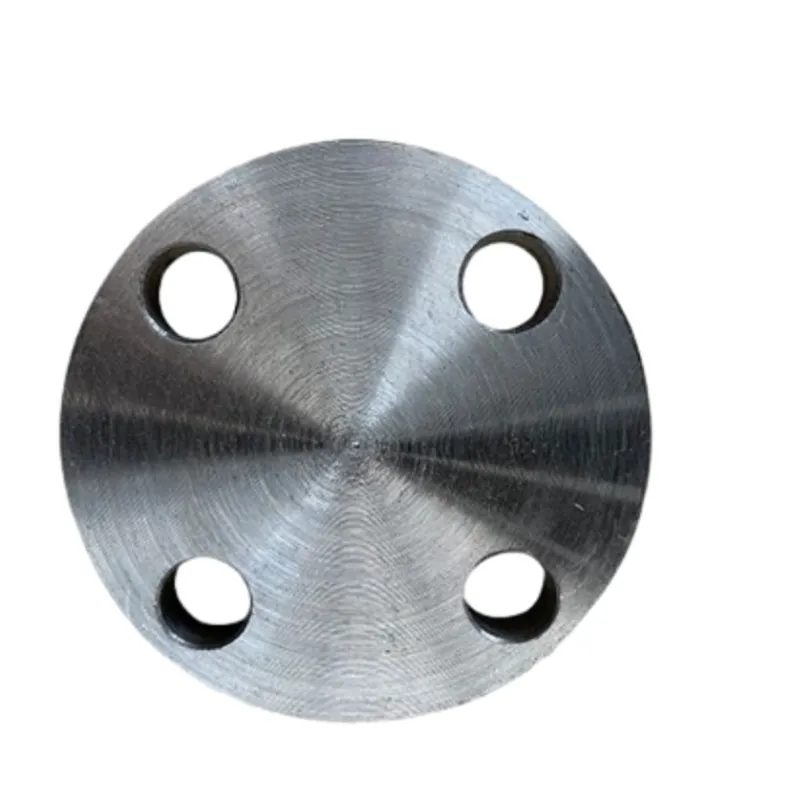-
Cangzhou Yulong Steel Co., Ltd.
-
Phone:
+86 13303177267 -
Email:
admin@ylsteelfittings.com
- English
- Arabic
- Italian
- Spanish
- Portuguese
- German
- kazakh
- Persian
- Greek
- French
- Russian
- Polish
- Thai
- Indonesian
- Vietnamese
- Zulu
- Korean
- Uzbek
- Hindi
- Serbian
- Malay
- Ukrainian
- Gujarati
- Haitian Creole
- hausa
- hawaiian
- Hebrew
- Miao
- Hungarian
- Icelandic
- igbo
- irish
- Japanese
- Javanese
- Kannada
- Khmer
- Rwandese
- Afrikaans
- Albanian
- Amharic
- Armenian
- Azerbaijani
- Basque
- Belarusian
- Bengali
- Bosnian
- Bulgarian
- Catalan
- Cebuano
- China
- China (Taiwan)
- Corsican
- Croatian
- Czech
- Danish
- Esperanto
- Estonian
- Finnish
- Frisian
- Galician
- Georgian
- Kurdish
- Kyrgyz
- Lao
- Latin
- Latvian
- Lithuanian
- Luxembourgish
- Macedonian
- Malgashi
- Malayalam
- Maltese
- Maori
- Marathi
- Mongolian
- Myanmar
- Nepali
- Norwegian
- Norwegian
- Occitan
- Pashto
- Dutch
- Punjabi
- Romanian
- Samoan
- Scottish Gaelic
- Sesotho
- Shona
- Sindhi
- Sinhala
- Slovak
- Slovenian
- Somali
- Sundanese
- Swahili
- Swedish
- Tagalog
- Tajik
- Tamil
- Tatar
- Telugu
- Turkish
- Turkmen
- Urdu
- Uighur
- Welsh
- Bantu
- Yiddish
- Yoruba

Nov . 29, 2024 11:01 Back to list
Types and Applications of Gaskets for Flanged Connections in Various Industries
Types of Gaskets for Flanges An Overview
Gaskets play a crucial role in ensuring the integrity of flange connections in piping systems. They act as a sealing element, preventing or minimizing leaks of fluids or gases between flanged joints. With the variety of environments in which flanges operate—ranging from high-pressure steam systems to chemical processing—there is a wide array of gasket materials and designs tailored to specific applications. Understanding the different types of gaskets available for flanges is essential for selecting the right one for your project.
1. Compression Gaskets
Compression gaskets are among the most commonly used types of gaskets for flanges. These gaskets rely on the compressive force provided by the flanged connection to create a seal. They can be made from various materials, including rubber, compressed fiber, or PTFE (polytetrafluoroethylene).
Advantages Compression gaskets are versatile and can accommodate a wide range of pressures and temperatures. They are also relatively easy to install and replace.
Applications These gaskets are commonly used in water, gas, and low-pressure steam applications.
2. Spiral Wound Gaskets
Spiral wound gaskets are engineered for more demanding applications. They consist of a spiral-wound metal strip combined with a filler material, such as graphite, which ensures excellent sealing properties. The spiral design allows the gasket to compress and conform to the flange surface, even in uneven or distorted conditions.
Advantages These gaskets are resistant to high temperatures and pressures, making them suitable for critical applications in the oil, gas, petrochemical, and power generation industries.
Applications Ideal for high-temperature and high-pressure flanged connections, especially in heat exchangers, reactors, and piping systems.
3. Ring Gaskets
Ring gaskets, also known as flat gaskets, are typically used in applications with high pressures and temperatures. They are designed to fit within the flange surface and create a seal when compressed. Most commonly made from metal, these gaskets can feature various designs, including classic O-ring shapes.
types of gaskets for flanges

Advantages Ring gaskets can withstand extreme conditions and provide a robust seal. They are especially effective in high-temperature applications due to their structural integrity.
Applications Common in high-pressure steam and hot water systems, as well as in oil and gas exploration.
4. Full Face Gaskets
Full face gaskets are characterized by their larger surface area, which covers the entire flange face. Generally made from soft materials, such as rubber or compressed fiber, they are used in applications where there is potential for leakage due to misalignment or uneven flange surfaces.
Advantages The increased surface area provides better sealing capability and is less prone to damage during installation.
Applications These gaskets are ideal for flanged joints in water, wastewater, and low-pressure applications.
5. PTFE Gaskets
PTFE gaskets are made from one of the most chemically resistant materials available—polytetrafluoroethylene. These gaskets are non-reactive and can operate across a wide temperature range. PTFE gaskets are usually used as a sealing solution for sensitive applications.
Advantages Exceptional chemical resistance and low friction properties, making them effective in preventing stick-slip phenomena.
Applications Commonly used in chemical processing plants, pharmaceutical applications, and food processing.
Conclusion
Choosing the right gasket for flanged connections is vital for ensuring safety, efficiency, and longevity of the piping system. The selection depends on various factors, including the type of fluid, pressure, temperature, and the materials used for the flanges. Understanding the different types of gaskets—such as compression gaskets, spiral wound gaskets, ring gaskets, full face gaskets, and PTFE gaskets—will help you make informed decisions in your projects. Always consult with manufacturers or experts in the field to ensure compatibility and optimal performance of gasket materials in your specific applications.
Latest news
-
ANSI 150P SS304 SO FLANGE
NewsFeb.14,2025
-
ASTM A333GR6 STEEL PIPE
NewsJan.20,2025
-
ANSI B16.5 WELDING NECK FLANGE
NewsJan.15,2026
-
ANSI B16.5 SLIP-ON FLANGE
NewsApr.19,2024
-
SABS 1123 FLANGE
NewsJan.15,2025
-
DIN86044 PLATE FLANGE
NewsApr.19,2024
-
DIN2527 BLIND FLANGE
NewsApr.12,2024
-
JIS B2311 Butt-Welding Fittings LR/SR 45°/90° /180°Seamless/Weld
NewsApr.23,2024











